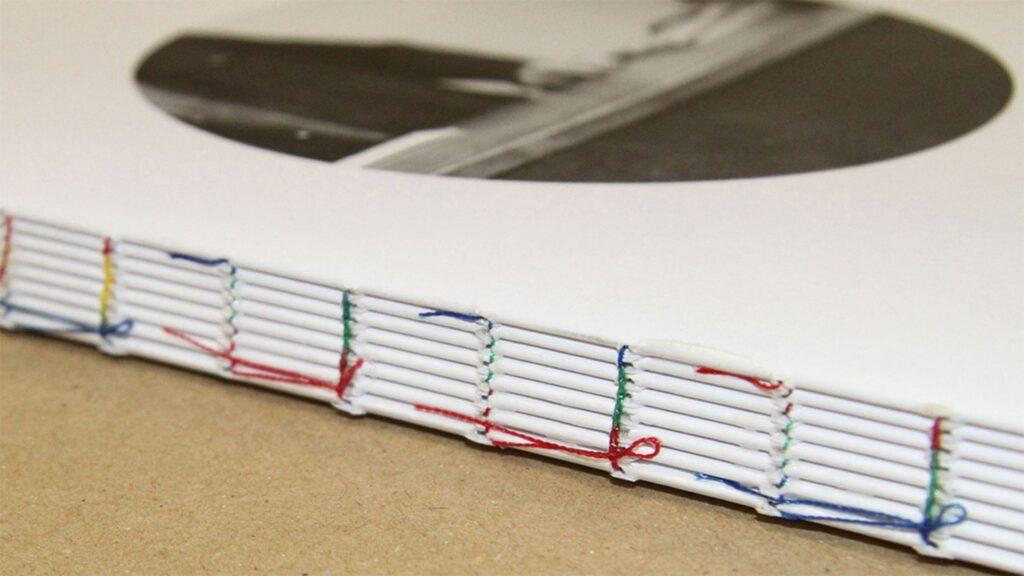
As sustainability becomes a global priority, the demand for eco-friendly alternatives in document binding is rising. Traditional binding methods—like plastic combs or synthetic adhesives—contribute to long-term waste and environmental pollution. In contrast, recyclable and biodegradable binding materials offer practical solutions that reduce your ecological footprint without compromising performance or aesthetics.
From eco-conscious businesses to environmentally minded educators and creatives, adopting sustainable binding practices is a step toward greener document management.

Why Choose Recyclable or Biodegradable Binding Materials?
Conventional binding materials, especially plastics, can take hundreds of years to break down, often ending up in landfills or oceans. In contrast, recyclable or biodegradable materials are designed to either return safely to the environment or re-enter the production cycle.
Benefits include:
-
Reduced plastic waste
-
Lower carbon emissions in production and disposal
-
Support for circular economies
-
Improved brand image for eco-conscious organizations
Switching to these materials is a small yet powerful move toward environmental responsibility.
Recyclable Binding Materials
Recyclable materials can be processed and reused in manufacturing, reducing demand for virgin resources.
a. Metal Wire Bindings
-
Made from steel or aluminum
-
100% recyclable and often already contain recycled content
-
Durable and professional in appearance
-
Ideal for notebooks, reports, and presentation materials
✅ Tip: Choose uncoated or powder-coated metal for easier recycling.
b. Paper-Based Binding Strips
-
Made from recycled paperboard or thick card stock
-
Fully recyclable and compatible with most curbside recycling programs
-
Often used in thermal or glue binding systems
-
Available in plain or printed designs for custom branding
✅ Note: Ensure no plastic laminates or synthetic glues are used to maintain recyclability.
c. Cardboard or Kraft Covers
-
Used in perfect binding or softcover books
-
Naturally recyclable and biodegradable
-
Can be paired with soy-based inks and water-soluble glues
3. Biodegradable Binding Materials
Biodegradable materials break down naturally over time when exposed to environmental conditions such as moisture, air, and microbes.
a. PLA (Polylactic Acid) Binding Coils
-
Made from plant starches like corn or sugarcane
-
Look and perform like traditional plastic but biodegrade in composting environments
-
Suitable for spiral-bound notebooks or reports
-
Ideal for eco-conscious events or promotional materials
❗ Limitation: Requires industrial composting for full degradation.
b. Natural Thread Stitching
-
Threads made from cotton, linen, or jute
-
Used in hand-sewn or thread-bound books
-
Fully biodegradable and long-lasting
-
Excellent for artisanal or archival-quality projects
c. Wheat Starch or Vegetable-Based Adhesives
-
Used in glue binding and mounting
-
Acid-free, non-toxic, and biodegradable
-
Common in conservation work, archival book repair, and eco-printing
✅ Best For: Archival materials and low-impact publishing
4. Reusable and Zero-Waste Binding Systems
Some materials reduce environmental impact by avoiding disposal altogether.
a. Binder Clips and Fasteners
-
Made from recyclable metals
-
Reusable for years
-
Ideal for temporary documents, meeting handouts, or drafts
b. Screw Posts (Chicago Screws)
-
Often made from aluminum, brass, or steel
-
Allow binding of large volumes while being easy to disassemble
-
Reusable and recyclable
c. Refillable Notebook Systems
-
Use recyclable or biodegradable covers with replaceable paper inserts
-
Long-term solution for note-taking and journaling
5. Considerations for Eco-Conscious Binding
When choosing sustainable binding materials, consider:
-
End-of-life options: Can it be composted or recycled locally?
-
Material purity: Avoid mixed materials that complicate recycling.
-
Source of material: Is it post-consumer recycled, plant-based, or FSC-certified?
-
Production impact: Does the manufacturing process support low emissions and ethical labor?
Being thoughtful in material selection ensures your efforts support the full sustainability cycle—from production to disposal.
Conclusion
Recyclable and biodegradable binding materials offer a smart, responsible alternative to plastic-based systems. Whether you’re printing annual reports, binding educational materials, or producing creative works, there’s an eco-friendly binding option to suit your needs. By making these small but significant changes, you help reduce waste, support sustainability goals, and contribute to a cleaner future—one document at a time.







